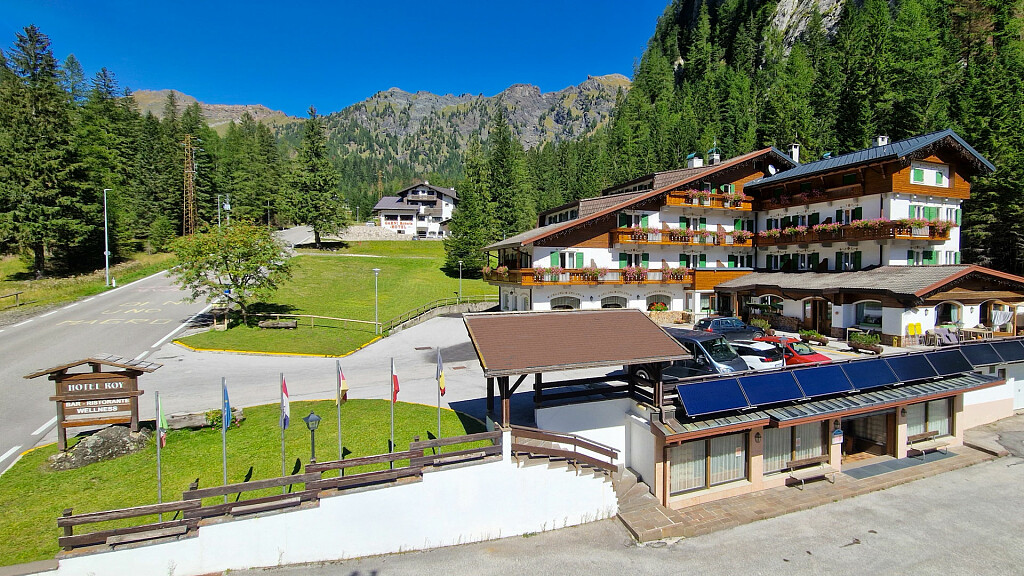ATP (adenosine triphosphate) is the energy currency of the cell. ATP is a complex molecule that contains the nucleoside adenosine and a tail consisting of three phosphates. Energy is usually liberated from the ATP molecule to do work in the cell by a reaction that removes one of the phosphate-oxygen groups, leaving adenosine diphosphate (ADP).
When the ATP converts into ADP, the ATP is said to be spent. Then the ADP is usually immediately recycled in the mitochondria where it is recharged and comes out again as ATP. The total human body content of ATP is only about 50 grams, which must be constantly recycled every day.
The energy to recycle ATP comes from: creatine phosphate, anaerobic glycolysis, aerobic glycolysis
Carbohydrates are the most important source of energy for every kind of physical exercise and should thus represent the main part of our diet (about 60%). Complex carbohydrates rich in fiber should be preferred. At least 15% of the daily intake of carbohydrates should be eaten in the morning with your breakfast, and quantity can increase up to 20-25% before a competition.
Fruits and vegetables represent an important source of carbohydrates; moreover, they contain minerals, vitamins, fibers and water. If you eat an adequate amount of fruits and vegetables you need no vitamin and mineral supplement.
Proteins are the major component in bone, muscle and other tissues and fluids. Moreover, proteins are fundamental for tissue growth and maintenance. Teenagers and athletes need a bigger supply of proteins compared to other individuals (1,5/2 g per kg of body weight against the 0,8 g per kg of body weight of a sedentary individual).
Simple sugars are very good for pre-competition snacks and help when consumed during prolonged competitions. However, don't forget that sugar should always be eaten in small amounts and in a balanced diet.
Vegetable fats should be preferred to animal fats since they are more easily digested and contain less cholesterol.
The general considerations on athletes' diet described above agree with the guidelines on proper nutrition presented by the World Health Organization, guidelines that every individual, athlete or not, should follow. Thus the food pyramid is a valuable example of proper nutrition also for athletes, which should only vary the amounts in proportion to work intensity.
Creatine phosphate provides a quick source of energy used to rebuild ATP without oxygen and allows you to sustain a strenuous workout for 8-10 seconds. It is contained in meat and fish.















